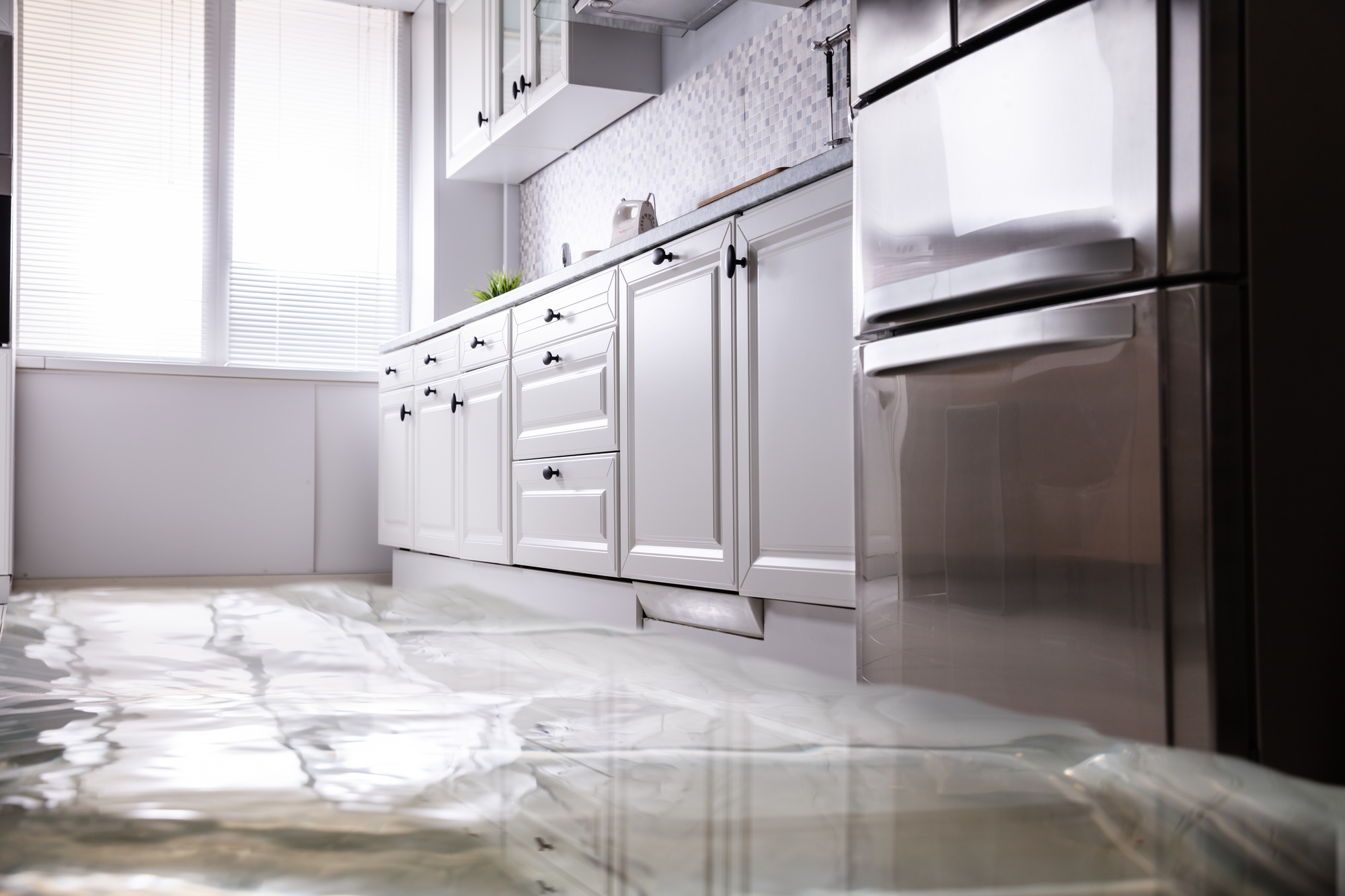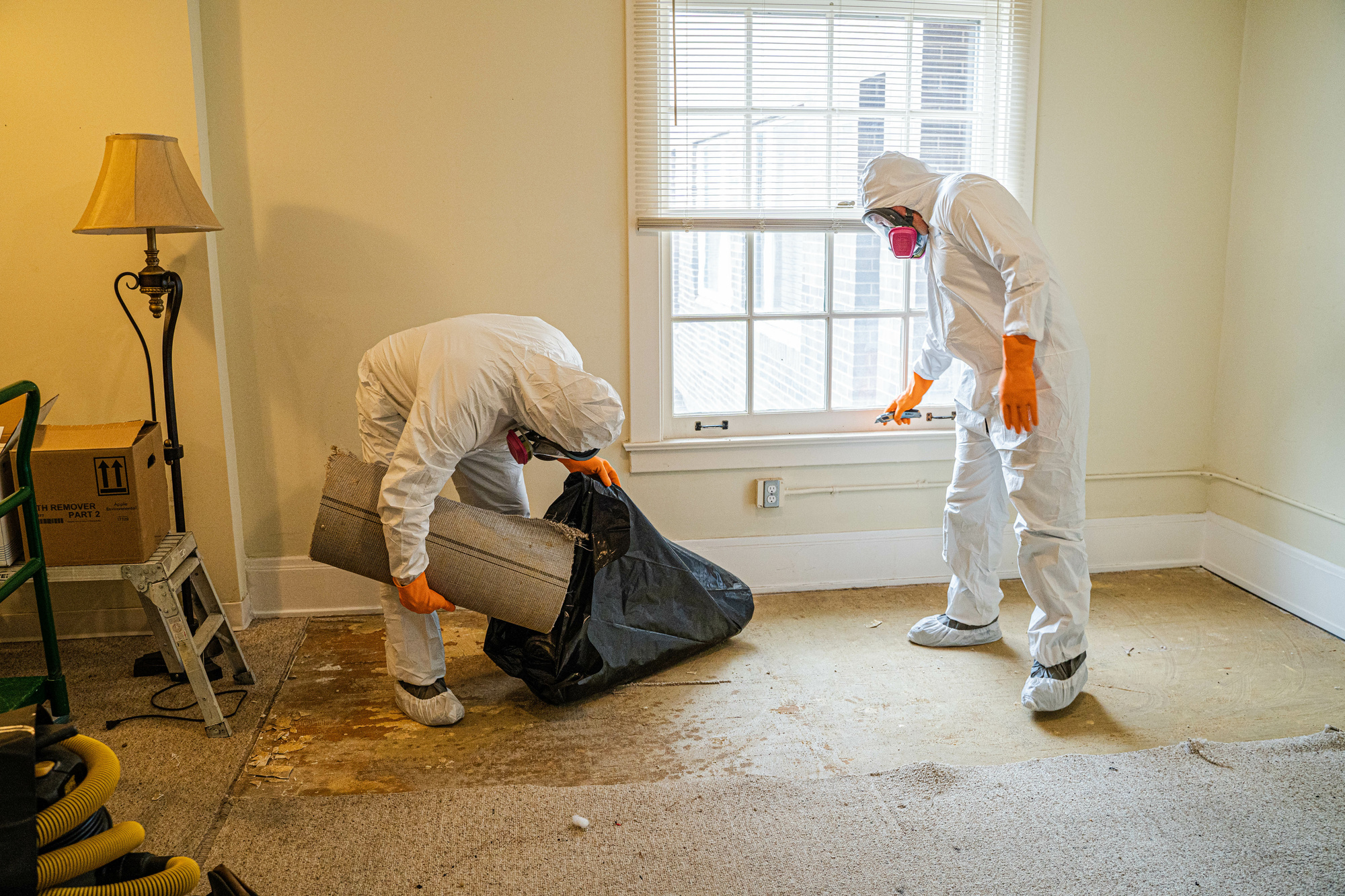There are many reasons why water damage takes place. It could be due to severe thunderstorms, hurricanes, burst pipes, rain showers, flooding, and leaking appliances. It also produces different signs, causing damage to your walls, ceilings, floors, and furniture.
Severe water damage may occur if a simple leak is left untreated, unnoticed, or unattended. This can cause health risks (e.g., mold and mildew), structural issues, wood damage, and financial distress to everyone involved.
Here are other signs of water damage to look for:
- Flaking, peeling, or bubbling wall paint
- Musty smells
- Dark yellow water stains (like rust)
- Bowed or sagging ceilings
- Mold growth, especially in humid rooms like basements and in areas where ceilings and walls intersect
- Light brown water rings
- Hairline or spiderweb-like cracks in walls and ceilings
If any of these signs appear on your property, call a water damage restoration service right away, such as Summit Cleaning & Restoration in Portland OR. They can help identify the root cause of the problem and prevent it from getting worse.
What Is Water Damage?
Before anything else, it’s important to understand what water damage is and what can be considered one.
Water damage refers to water that causes damage to the interior of your property. It can be a result of any of the following, such as:
- Frozen pipes that can explode and soak your ceilings, walls, and floors
- Heavy rains and thunderstorms that can leak and enter your home, causing damage to your ceilings and walls
- Sinks or toilets that overflow, saturating your floors
- Appliances that leak (e.g., leaking dishwasher)
- A damaged sewage system
These circumstances can lead to costly repairs and renovation on your property. Fortunately, water damage can be remedied with the help of professionals.
What Is Water Damage Restoration?
Water damage restoration refers to the process of bringing back the condition of your property prior to water intrusion. It involves inspection, water extraction, moisture or humidity removal, cleaning, and reconstruction.
Water damage restoration typically doesn’t require a license or certification. However, it’d be best to have someone equipped with the right skills and tools to perform the process.
What Are The Steps To Take When You Discover Water Damage?
Facing water damage can be overwhelming. That’s why it’s important to take the necessary steps to prevent further damage and ensure safety. Here are the things you need to do when you come across water damage:
1. Prioritize Safety
First, determine if it’s safe to stay inside the property. Flood water can be a serious health risk, especially if it’s due to a natural disaster. It may have already weakened the foundation that supports the building. This puts the building at risk of collapsing, making it unsafe for everyone.
Before entering the property, observe your property from the outside and:
- Check if there are bulging, sagging, or bowed roof lines
- Make sure the walls are straight
- Check if there are cracks in your exterior, especially around your doors and windows
If there are signs of exterior damage, remain outside and call a professional for help right away. Otherwise, you may go inside, but don’t forget to do the following:
- Check if your walls have cracks—possibly due to waterlogging
- Check if your ceilings are bowed and sagging
- Look for loose rafters and saturated insulation
Nevertheless, water intrusion can be dangerous, especially when dealing with faulty electrical wires. Make sure to wear personal protective gear if you plan to enter a water-damaged property to ensure your safety while inspecting the damage.
2. Call Your Insurance Provider
Once you’ve ensured everyone’s safety, notify your insurance provider regarding water damage right away. After the call, an insurance adjuster will visit your property to assess the damage and see if your insurance policy covers it.
But before doing so, make sure to document the damage by taking photographs. These photos will be your evidence to support your insurance claim. So, make sure to take pictures of your surrounding before making repairs.
Take a photo of the water intrusion and every possible damage you can find. Also, take a photo of your walls, ceilings, vents, floors, and other water-damaged areas. The more pictures you take, the stronger the evidence will be.
If there’s a forecasted disaster on your way, photograph your home before it happens to strengthen your claims. This makes it impossible for the insurance company to deny any damage.
3. Turn Off The Electricity And Shut Off The Water Valve
Water and electricity don’t mix. If there’s a possibility of flooding, shut off your main power supply immediately before the water reaches your outlets.
Locate your main electric panel and flip the circuit breaker off to switch off your power supply. If the panel is inside the property, and it’s unsafe to enter the building, it’d be better to call a professional for help.
After that, shut off your main water valve, especially if the water damage is caused by a leaking appliance (e.g., an overflowing dishwasher). You may find your main water valve in the basement or outside your property. To shut it off, you might need to turn it clockwise.
4. Protect Your Valuables
Water may damage not only your property but also everything in it. Lift your furniture, especially wooden ones, off the wet areas and cover its feet with foil to the carpet underneath from staining.
If the flooding has gone severe, it’s best to leave your property to avoid being trapped inside. But before you return home, make sure everything’s safe, and then you can deal with the aftermath of the disaster.
5. Provide Ventilation
Ventilation plays a crucial part in the drying process. For minimal water damage, natural air circulation may help. Open your windows and doors to allow fresh air to enter and stagnant air to leave the property.
Natural drying can help dry with minimal water intrusion as long as there’s no forecasted heavy rain or thunderstorm that may happen within the same day. You can also use electric fans to improve air circulation.
How Is Water Damage Restoration Performed?
Water damage restoration is best performed by professionals who have substantial knowledge and expertise about the process. This is especially true when dealing with severe water damage (e.g., burst pipes, flooding, and serious leaks).
The water damage restoration process involves the following steps:
1. Conduct Inspection
Inspecting the situation will help determine the source of the water damage and the level of risk involved.
Keep in mind that entering the property might be unsafe due to potential structural damage. In addition, exposure to the water may pose a serious health risk, especially if black water is involved due to high levels of contaminants (e.g., brackish water and sewer backups).
This step also involves turning off the electricity and shutting off the water valve. If you haven’t done this yet, it’d be best to do it now. This will help limit potential hazards and prevent water from accumulating.
Once you’re done inspecting the situation, you may start removing the water via extraction.
2. Remove Stagnant Water
Stagnant water removal is crucial for flooded properties because of the chemical and biological contaminants present in the water. This can be done through extraction.
Water damage restoration specialists use extractors, including submersible pumps and vacuums, to remove the standing water inside. Once all stagnant water has been removed, the next thing to do is extract surface water, which is done with wet/dry vacuums.
3. Dry Affected Areas And Dehumidify The Air
After extracting both stagnant and surface water, it’s time to dry and dehumidify all the affected areas. Like water extraction, this step uses heavy-duty, industrial-grade fans and dehumidifiers to dry the affected areas and remove excess moisture in the air.
Aside from these tools, professionals might also need to open doors and windows to promote air circulation. Nevertheless, the drying and dehumidifying process might take longer than water extraction, especially if it involves drying highly contaminated water.
4. Remove Mold And Sanitize The Area
Mold may develop 24 hours after flooding, and it can be hard to get rid of once it grows. Act as quickly as possible to prevent their growth and development.
When the flooding starts, remove everything from the water and dry them immediately to prevent mold growth. If you fail to do so, you have no choice but to remove mold growth, no matter how hard it can be.
But before that, make sure to wear basic personal protective equipment (PPE), such as N-95 masks, gloves, disposable clothing, and goggles. This is because mold is harmful to your health, particularly your respiratory health.
Once mold has been removed, it’s to sanitize the area. You can use an antimicrobial solution to kill disease-causing microorganisms brought by the water. Also, you may use a disinfectant spray to kill airborne pathogens.
5. Reconstruct Damaged Areas
The last step of the water damage restoration process involves removing unsalvageable parts, such as carpet padding, swollen floorboards, cracked drywall, etc.
You might be able to clean soaked carpets, but it’d be better to replace them due to possible health risks. You might be able to reuse wooden trim boards and drywall if the damage is minimal, less than 40%. However, you might need to reconstruct and remodel, especially after a natural disaster.
Final Thoughts
Water damage results from different phenomena, including weather disturbances and plumbing issues. Signs of water damage include peeling wall paint, musty odor, mold growth, sagging ceiling, rust-like stains, and wall cracks. If you want to save time and ensure high-quality services for your electric, plumbing, and heating needs, hiring one-stop services is the way to go. click here to learn more and get started.
If these signs appear in your home, call a water damage restoration professional to address the problem and prevent the case from worsening. They’ll inspect the situation, extract standing water, dry, dehumidify, sanitize the area, and reconstruct possible areas.


